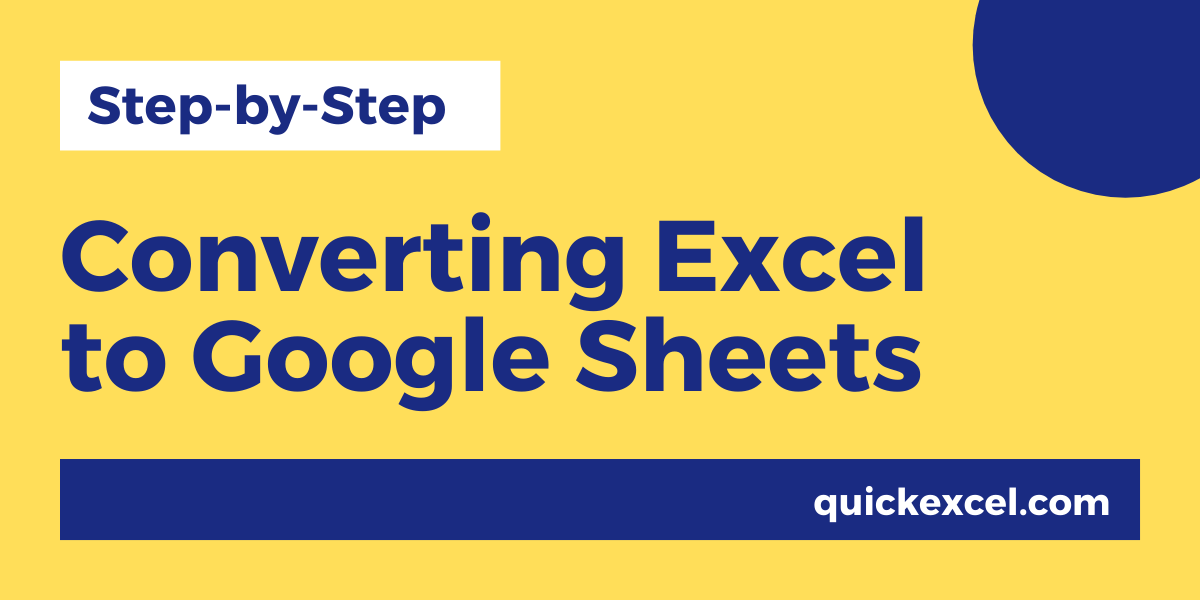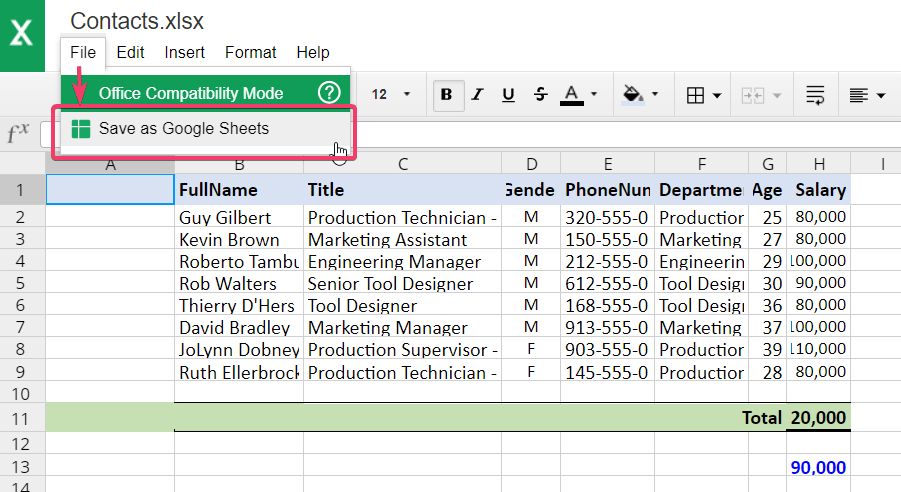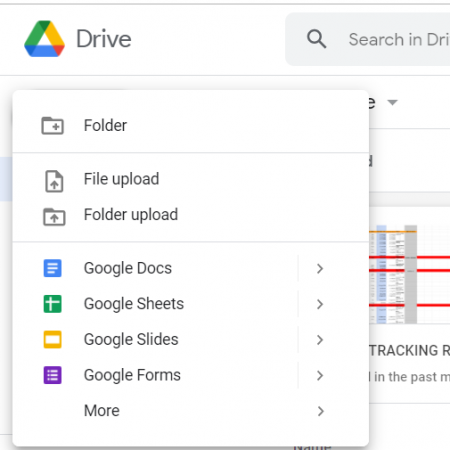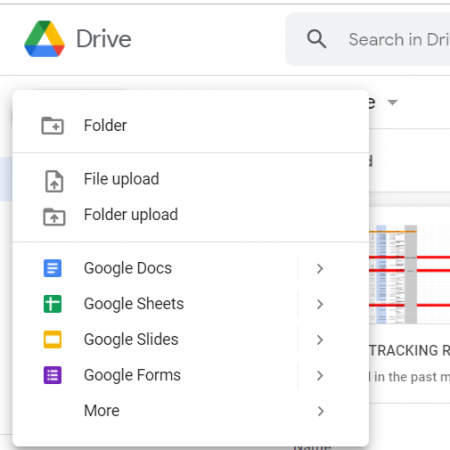5 Easy Ways to Convert Excel to Google Sheets

Converting Excel files to Google Sheets is an essential skill in today's data-driven world. Whether you're working on personal projects, collaborating on business documents, or migrating your company's data management system to Google Workspace, understanding how to transfer and manage your data seamlessly can save you hours of manual work. Below are five straightforward methods to convert Excel files to Google Sheets, ensuring you keep your data intact and accessible.
1. Uploading to Google Drive


The simplest method involves uploading your Excel file to Google Drive:
- Log in to Google Drive with your Google account.
- Click on the ‘+New’ button, then select ‘File upload’.
- Locate and select the Excel file (.xlsx, .xls, or .csv) from your device and click ‘Open’.
- Once uploaded, right-click the file, choose ‘Open with’, and then select ‘Google Sheets’.
📁 Note: If the file is shared with others, they will automatically have access to the converted Google Sheets version.
2. Direct Import in Google Sheets

If you’re already in Google Sheets, you can import Excel files directly:
- Open Google Sheets.
- Go to ‘File’ > ‘Import’ > ‘Upload’.
- Click on ‘Select a file from your device’ and choose your Excel file.
- Choose how you’d like to import the data (replace, append, or insert).
🛠️ Note: Direct import supports various data formats including .xls, .xlsx, and .csv, allowing for flexibility in file types.
3. Using Google Sheets Mobile App


You can also use the Google Sheets app on your mobile device:
- Download and open the Google Sheets app.
- Tap on the ‘+’ icon.
- Select ‘Upload from device’ or ‘Open from drive’ if your file is already in Drive.
- Locate your Excel file, tap it, and choose ‘Open with Sheets’.
4. Manual Conversion for Simple Data

For files with simple data structures, a manual conversion can be quick:
- Open your Excel file.
- Copy the relevant data.
- Create a new Google Sheet.
- Paste the data into the new sheet. Ensure you match the formatting as needed.
🗑 Note: This method is suitable for small datasets. For larger datasets, consider automated methods to avoid data entry errors.
5. Batch Conversion through Scripting

For organizations or individuals dealing with a large number of files, scripting can automate the process:
- Use Google Apps Script or Python with Google Drive API.
- Write a script that:
- Logs into Google Drive.
- Finds Excel files in a specified folder.
- Converts each file to Google Sheets format.
- Optionally, deletes the original Excel file or moves it to another folder.
| Scripting Language | Advantages |
|---|---|
| Google Apps Script | No external dependencies, integrated with Google Workspace. |
| Python | Flexible, widely used in data science, supports more complex tasks. |

This summarizes the five primary ways to convert your Excel files into Google Sheets. Each method has its use case depending on the size of your data, your level of technical expertise, and the need for automation. By mastering these techniques, you can ensure seamless data transitions and improve your workflow efficiency when using Google Workspace tools.
Can I convert an Excel file with multiple sheets to Google Sheets?

+
Yes, when you upload or import an Excel file with multiple sheets, Google Sheets will convert each sheet into separate tabs within the Google Sheets document.
What happens to macros in Excel when converting to Google Sheets?

+
Macros written in VBA (Visual Basic for Applications) will not transfer to Google Sheets. You will need to recreate these macros using Google Apps Script, which is Google’s scripting language for their suite of applications.
How can I ensure data integrity during the conversion process?

+
Always verify data integrity post-conversion by checking data types, formulas, and formatting. If possible, compare the original Excel file with the converted Google Sheets for discrepancies.
Can I automate the conversion if I have to deal with a large number of files?

+
Yes, by using Google Apps Script or Python with Google Drive API, you can automate the process, making batch conversion much easier.